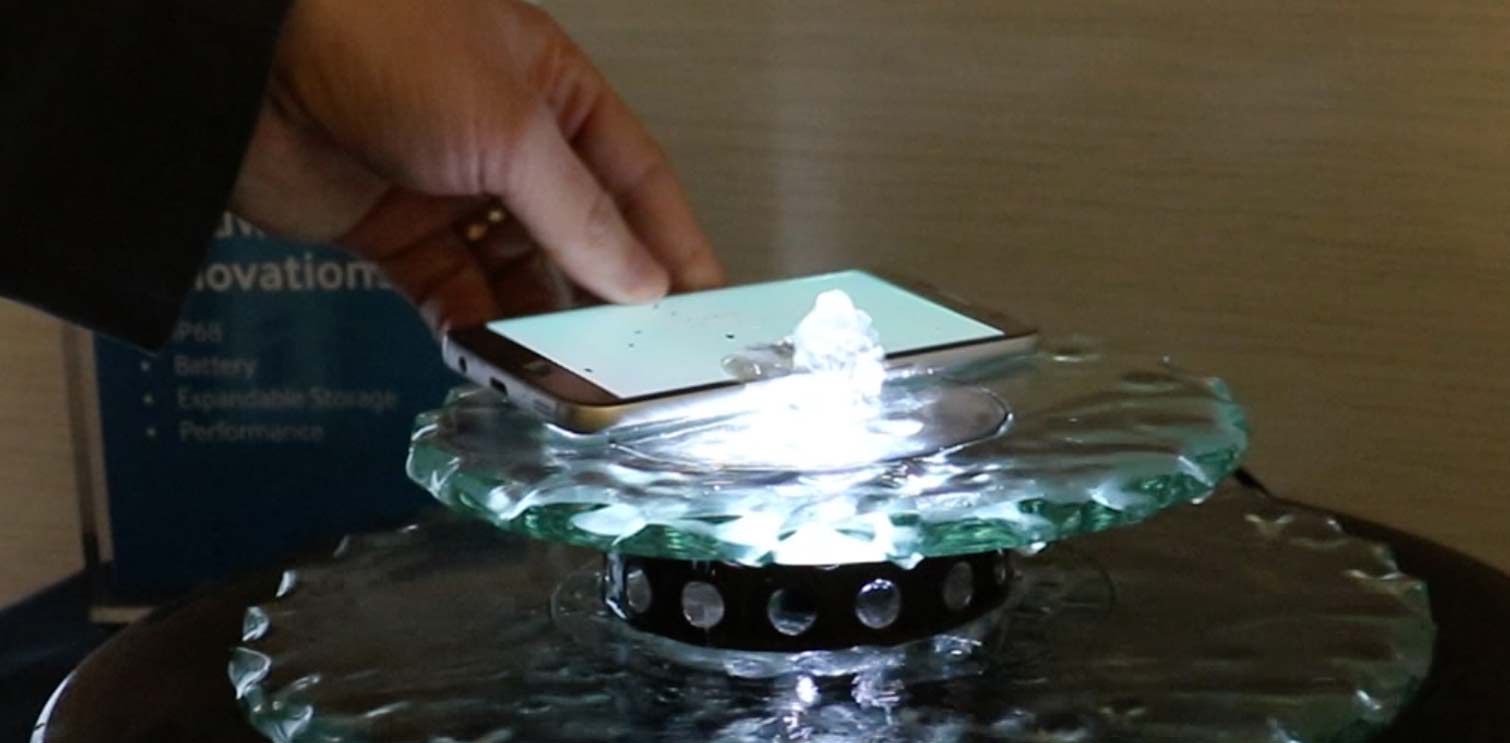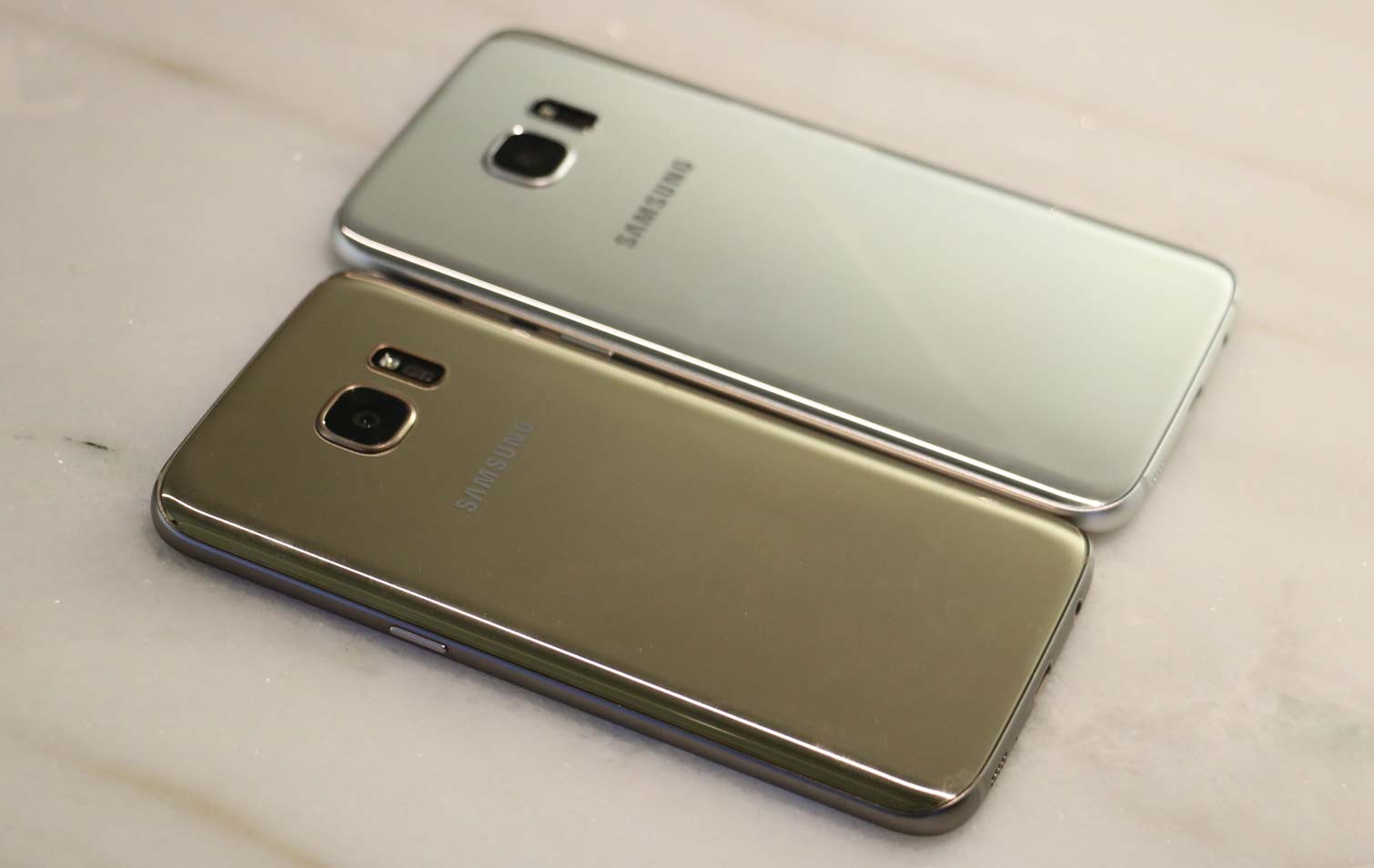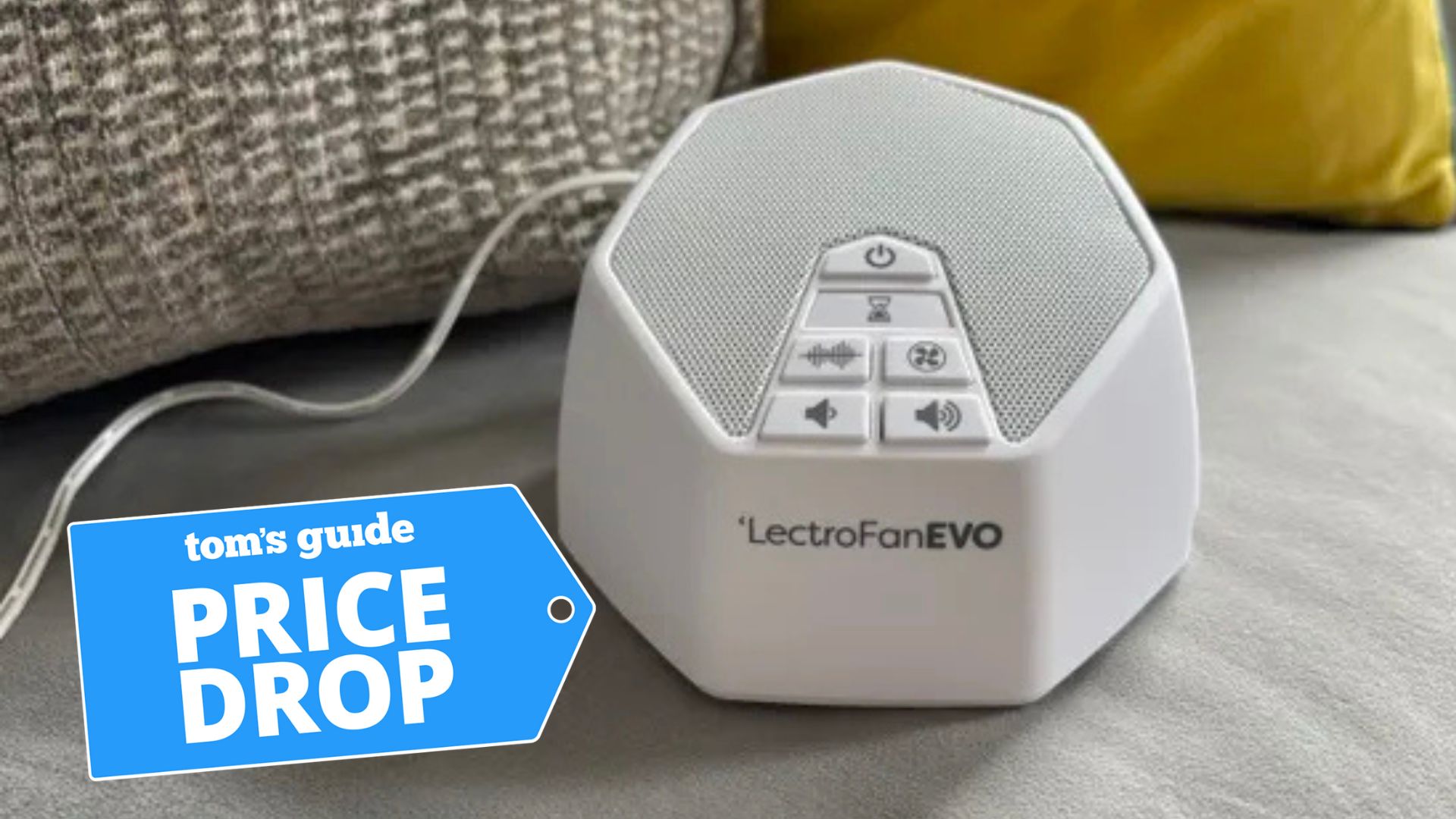Galaxy S7 vs S6 vs S5: Should You Upgrade?
Samsung packs a lot of features into the new Galaxy S7 line. Here what's improved from last year's S6, and what's come back from 2014's S5.
With last year's Galaxy S6, Samsung's flagship line took a big step forward in design and performance, with a well crafted aluminum frame, attractive yet durable glass panels on front and back, and Samsung's blazing Exynos 7420 CPU.
Samsung also introduced the S6 Edge, which sported a dual curved display. It wasn't wildly different from the standard S6, but it changed the way people, and other companies, thought about smartphone design.
MORE: Read our Galaxy S7 Review and Galaxy S7 Edge Review to help you decide.

But those improvements didn't come without sacrifice, as certain features of older Galaxy S phones — including water resistance and a microSD slot — were missing from the S6 and S6 Edge. The S7 and S7 Edge restore those missing features.
Here's an in-depth comparison to help you figure out what's new — and what's back — on the S7 and S7 Edge, and whether it's worth upgrading from an S6, S5 or older Samsung model.
The Specs

Models

The big hit from last year's Galaxy S6 launch was the curved-screen S6 Edge, which was so popular early on that Samsung couldn't make enough to keep them in stock. But aside from the seductive curved screen, the S6 Edge wasn't that different from the regular S6. Its 2560 x 1440 display was same overall size (5.1 inches), and its battery was larger by only 50 mAh. But for the S7s, there's much more of a difference between the standard phone and its edgy sibling.
MORE: Galaxy S7 and S7 Edge Hands-on - What We Like, What We Don't
Get instant access to breaking news, the hottest reviews, great deals and helpful tips.
On the S7 Edge, the screen size has jumped to 5.5 inches, while the standard S7 has stayed put at 5.1 inches. Along with the bigger display, the S7 Edge features a significantly larger 3,600 mAh battery, almost 40 percent larger than the 2,600 mAh power plant in last year's S6 Edge.
Speaking of edges, the size of the S7's curved display space has doubled from 260 pixels wide on the S6 Edge to 550 pixels on the S7 Edge. That creates room for a second row of Edge apps, along with the ability to make simple macros that can do things like email a specific person or take a selfie with one touch. Samsung has said it will open up the Edge apps' API, so we can expect third-party Edge screen features in the future.
The result is two S7s that have many more differences between them than the twin S6s from last year. The standard S7 is a good choice for people who prefer smaller phones, but want all the bells and whistles that a new-generation flagship has to offer. The S7 Edge, on the other hand, should attract buyers willing to pay a bit extra for looks, handy extra apps, and a better, more immersive media experience.
Both the S6 and S7 are far superior to the S5 in terms of feel and design. It was the plastic body on the S5 (and previous Galaxy phones) that drew criticism about how Samsung's flagships didn't feel very premium in 2014 compared to other phones, such as the HTC One M8.
Design

The S6 Edge is one of the best-looking phones in tech history, and on the S7 Edge, Samsung wisely has stuck pretty close to last year's formula. The company has done a little tweaking to smooth out the formerly bumpy camera lens, but you're still getting a very similar-looking phone, with a metal frame around the outside and glass panels on both front and back.
The more important changes have taken place beneath the skin. On the S7 line, Samsung has brought back the microSD card slot and water resistance last seen on the Galaxy S5. The S7s' IP-68 ratings are a notch up from the S5's IP-67 rating, and it means both the S7 and S7 Edge can withstand depths down to 5 feet for up to 30 minutes.
The microSD slot built into the S7s' SIM trays support 200GB microSD cards, much larger than the 128GB limit on the S5. Card reads and writes should also be faster, because the S7 line uses a speedier UFS 2.0 file format. To respond to critics who said Samsung neutered its flagships last year, all the features you may have loved on the S5 are back — other than the S5's removable battery.
Performance
On the S7 line, Samsung has shifted back to Qualcomm CPUs in the U.S. with the Snapdragon 820, after having used its own Exynos 7420 chip for the S6. (The S5 featured the Snapdragon Qualcomm 801.) The Galaxy S7 phones also have 4GB of RAM, versus 3GB for the S6 and 2GB for the S5. Combined with the new Snapdragon 820, that boost in memory offers markedly better performance than the S6 line, especially when playing games.
Cameras

At first glance, the camera specs on the S7s might lead you to think Samsung had regressed, because the new phones feature 12-megapixel rear cameras versus the 16-MP shooters on the S6s and S5. But resolution isn't everything. While the S7 cameras have fewer overall pixels, each pixel measures 1.4 microns, as opposed to 1.12 microns on the S6 cameras. Combined with a wider 1.7 aperture lens on the S7 cameras, that means you're collecting significantly more light than before, which should result in sharper, less noisy low-light photos.
The S7 rear cameras also have a feature called dual-pixel technology, which has each photo pixel serving double duty. Every single pixel can simultaneously collect light while also capturing focus information. The S7s should be able to focus on an subject 2 to 3 times more quickly than other phones, including Apple's iPhone 6s Plus.
Upgrade Advice for S6 Owners
It's kind of a tough call to recommend the S7 line over the S6 phone. While the S7 phones will almost certainly be faster and more durable, many consumers may already have gotten past the need for microSD expansion.
The S7, especially the standard model, doesn't look that much better, or different, than the S6s, and the S7 screen resolution hasn't gone up. S6 owners have probably already adjusted to life without microSD expansion, so it really comes down to how much you value water-resistance and an always-on display. That said, the S7's improved standby life is a big improvement over the S6, which should allow the S7 to keep going in situations where the S6 would have already bit the dust.
But for S6 or S6 Edge owners mulling a leap to the S7 Edge, the argument to upgrade is much more convincing. That's because, along with a an extra 1.5 hours of battery life and larger 5.5-inch display, the S7 Edge delivers a more compelling Edge screen experience.
Upgrade Advice for S5 Owners
It's a no-brainer to upgrade from the S5 to an S7. You get a more premium metal-and-glass design, better water-resistance, a sharper display and a much improved camera. Plus, you don't need to give up expandable storage. The only thing you don't get is a user-replaceable battery.
The S7 has taken almost everything that was great about the S5 and turned it up to 11. If you're finally ready to upgrade from your S5, S4 or an older Galaxy Note, you'll almost surely enjoy the best phones Samsung has made yet.
Sam is a Senior Writer at Engadget and previously worked at Gizmodo as a Senior Reporter. Before that, he worked at Tom's Guide and Laptop Mag as a Staff Writer and Senior Product Review Analyst, overseeing benchmarks and testing for countless product reviews. He was also an archery instructor and a penguin trainer too (really).
-
jakjawagon ReplyThe microSD slot built into the S7s' SIM trays support 200GB microSD cards, much larger than the 128GB limit on the S5.
I doubt it's an actual limit. More likely, that's just the biggest card they could test it with because it was the biggest available at the time. I expect larger microSD cards would work just fine with the S5. -
CowboyAndy Well the focus on the camera might be a bit better and the battery might last a little longer on the S7, but it does not have the "wow" factor over an unlocked S5 that you can put Marshmallow on. Besides, if my battery dies on the S5, I can pop in a new one. Bottom line for me: stick with the S5 until they really come out with a lot of major improvements. Holding out for the S8.Reply -
Ahmedivx I'm in this dilemma right now, the performance boost and improved battery life over my current S6 Edge are what tempts me to get it (I managed to live without the micro-sd and the water-resitance aspects although these features are good bonuses to have, I'm not considering them that much), on the other hand the design and the looks of the phone are nearly the same although in case I go with the new Edge variant the bigger screen will comr in handy, that's why I'm hesitant to decide although all in all the S7 Edge is a better phone than the S6 Edge, I might end up getting one after allReply
